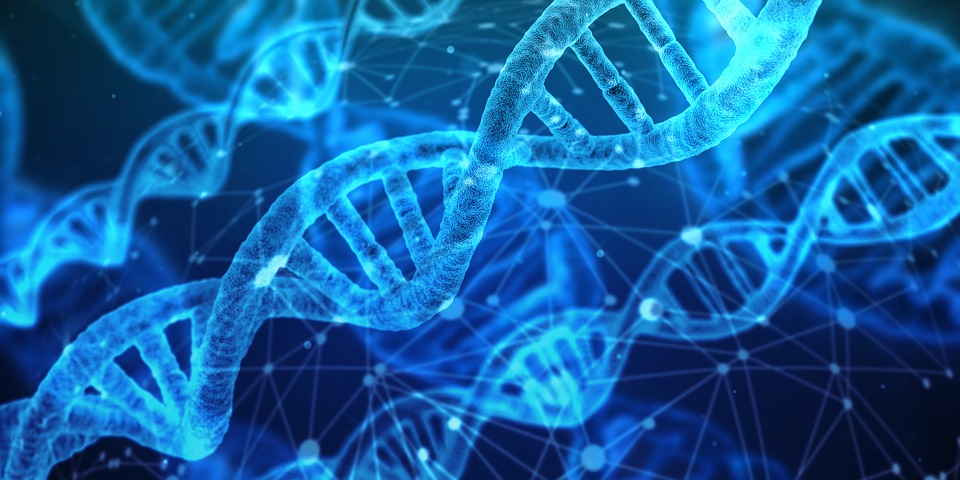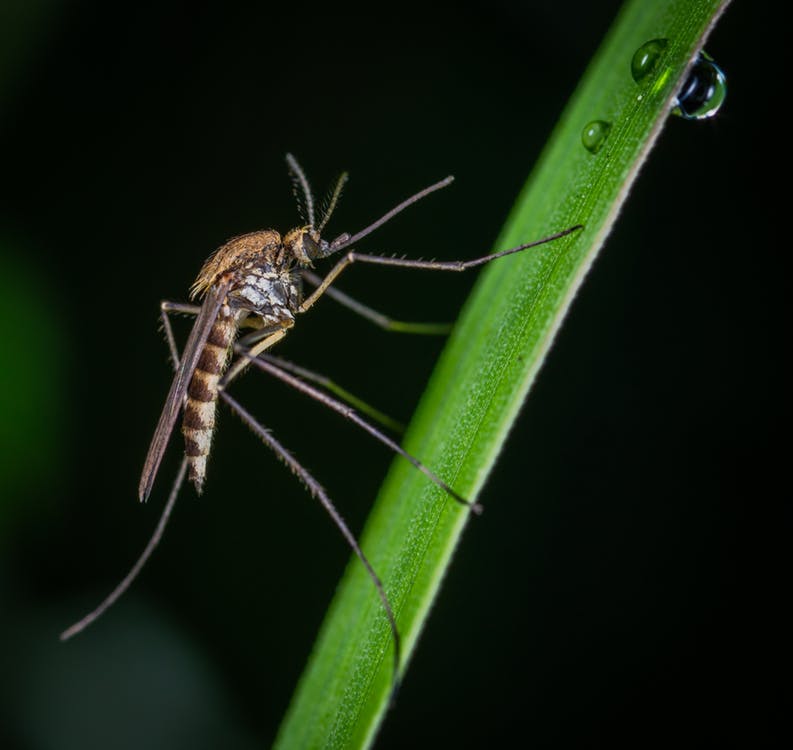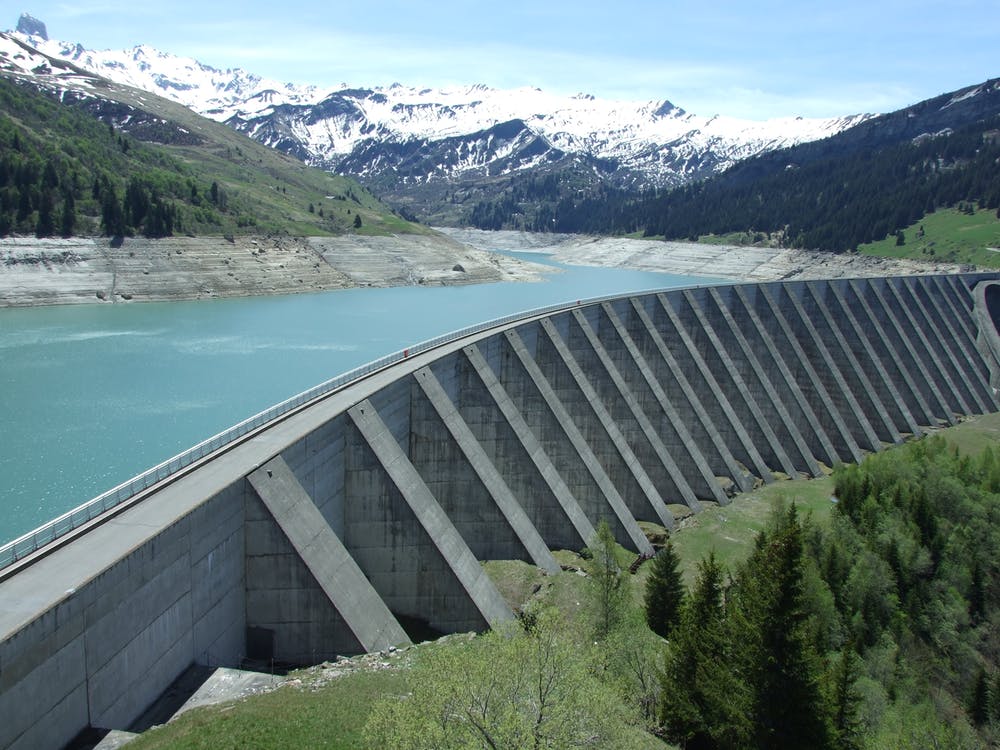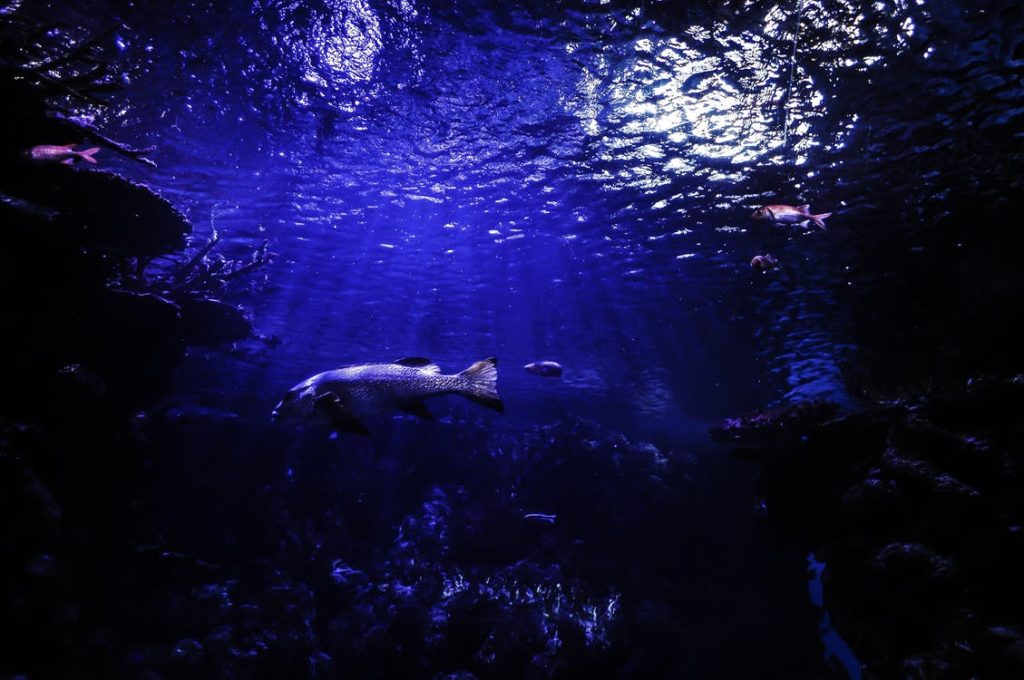“As engineers, we were going to be in a position to change the world – not just study it.”
—Henry Petroski, American engineer and author specializing in failure analysis
At the heart of engineering is the power to build, to create a whole from the sum of its parts. The work of engineers forms the foundation of society’s infrastructure, and today’s engineers have launched us into an age of incredible technological innovation. Ideas that once felt like mere science fiction are ingrained in our daily lives. However, because of the pervasiveness of engineers’ creations, it is important to question the ethical implications of any engineering decision.
The second volume in Viterbi Conversations in Ethics builds on that exact theme, with our contributing authors questioning the ethicality of a wide array of existing and proposed engineering infrastructures and practices. We begin with an exploration of genetic engineering in farmed animals and extend that idea to look inside the world of genetically modifying mosquitoes to fight dengue fever. We then study existing aquatic infrastructures through an in-depth civil engineering piece about the ethicality of dams and an insightful commentary on the implications of deep sea mining. Turning towards the field of biomedical engineering, we examine a three institution approach to the drug dose gap. The volume concludes with a look towards the future of artificial intelligence and the implications that arise from replicating human intelligence in a non-biological substrate.
Each of these articles is rooted in the idea that we have a responsibility to question how engineering is affecting the world. We hope that these articles stimulate discussion among students of engineering and engineering professionals alike, creating a forum for a well-reasoned and relevant discussion of engineering ethics. We’d like to encourage you to add your voice to the conversation through comments and critiques. Thank you for reading our second volume.
Rachel Longjohn, VCE Editor-in-Chief
- Genetic Engineering in Farmed Animals: Solving or Prolonging Cruelty in Animal Agriculture?
by Megan Wagoner
Introduction In the United States, meat consumption has more than doubled in the last 50 years, from 15.8 million tons total in 1960 to 34.0 million tons in 2013 [1]. With such a steep increase in demand for animal products, factory farming industries are exploring ways to increase their supply and their profits. One controversial method for increasing the supply of meat that is beginning to become more prevalent is genetic engineering. The United States has already seen a rise in genetic engineering in crops, which has proven to be controversial since little is known about long-term health effects of…
- Fighting the Feverish Flyers
by Douglas Yuk
It has been estimated that 50 million to 100 million people are infected by dengue fever each year, a number that is larger than the UK’s population [1]. Dengue fever is a disease that is mainly transferred through mosquito bites, and the number of epidemics in the world has increased in recent years. A British company, Oxitec, has recently manufactured a method to help address the problem of dengue fever. Oxitec’s invention is based on the idea of creating a genetically modified mosquito. Similar to their modifications to plants, genetic engineers have discovered a way to genetically engineer mosquitoes to…
- The Debate Over Dams
by Margaret Gwynne
Dams, the most ancient of inventions, simple in design and efficient in operation, have allowed men to capture drinking water, control floods and practice agriculture for centuries. More recently, dams have also allowed humans to capture potential energy in stored water, turning it into safe, reliable electrical power. Today nineteen percent of the world’s electricity comes from hydroelectric sources [1]. At a time when global demand for both water and energy is rising sharply, dams would appear to be a reasonable solution to providing water and renewable energy without burning dirty, nonrenewable fossil fuels. Dams, however, are anything but harmless.…
- A Three Institution Approach to Address the Drug Dose Gap
by Mary Beth Amrine
For the past several years, the generic recommended drug dosage as presented by pharmaceutical companies has undergone renewed scrutiny with highly publicized accounts of patient impairment and subsequent injury. While these concerns create hazards for both sexes, eighty percent of the drugs recalled from 1997 to 2000 produced greater side effects in women [1][2]. Even during this period, murmurs in the scientific community of possible linkage to gender arose; however, it was not until the media advertised the connection during the Zolpidem scandal that these suspicions were deemed legitimate with widespread public support. Zolpidem, a sedative-hypnotic medicine more commonly known…
- Ethics of Transference of Human Intelligence to Non-Biological Substrates
by David Bell
For many of us, the inevitability of our deaths seems certain. We are given limited time to inhabit our biological bodies, and then we are separated from then when they decay. Recently, however, research into the feasibility of reproducing human intelligence in another physical medium besides our bodies has sparked hope for those who fear death. Transferring human intelligence to another medium could provide the solution to the decay of our natural minds and bodies. For instance, human consciousness replicated on computer hardware could be reliably repaired, exist in places uninhabitable to biological life, and be improved upon in a…
- An Investigation into the Ethical Implications of Deep Sea Mining
by Aaron VanLandingham
While many still associate deep sea mining with science fiction, recent developments have proven that ocean mining could be a very profitable reality in just a few years. Recently, scientists have explored remote parts of the ocean in much greater detail. Recent developments in materials science and underwater robotics have revolutionized human understanding of the oceans’ biological and geological processes. While scientists are just beginning to thoroughly investigate the intricacies of deep sea ecosystems, these modern technological developments, coupled with rising prices of precious metals, have led numerous corporations to develop seafloor mining technology that could be implemented as early…







